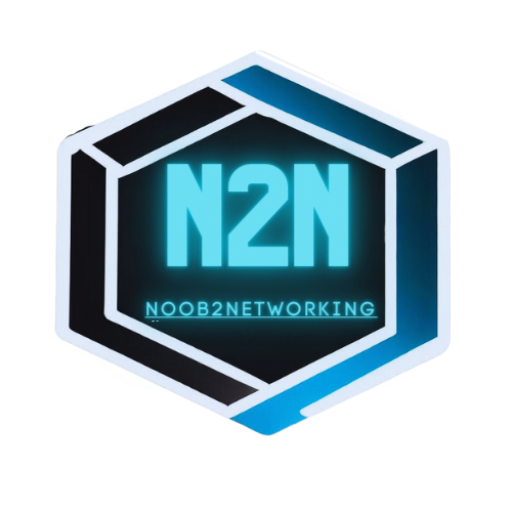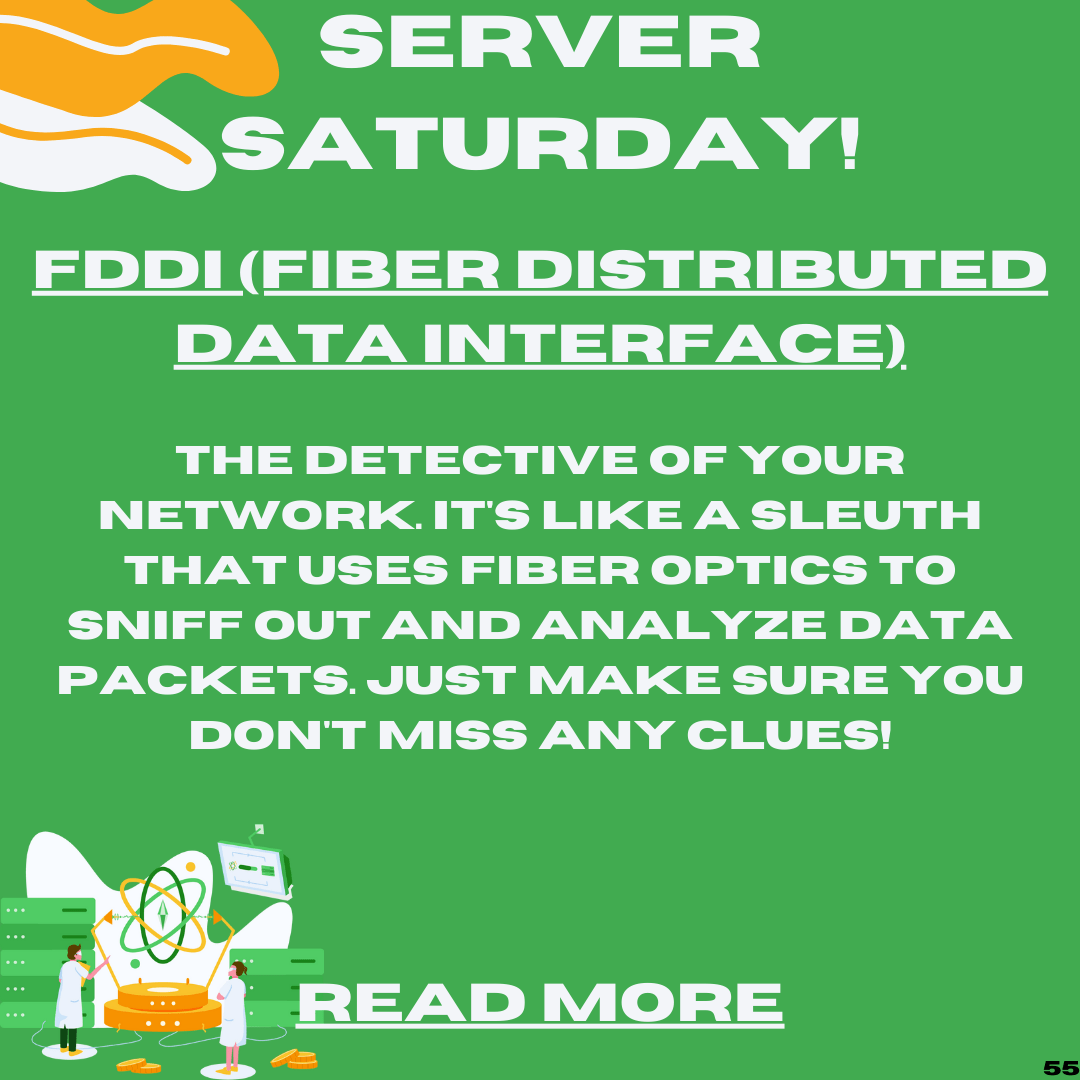Welcome, fellow adventurers, to another exciting edition of Server Saturday! Today, we invite you to embark on a captivating journey through the world of FDDI – the Fiber Distributed Data Interface. Prepare to be amazed as we unravel the secrets of this groundbreaking network technology that once ruled the digital realm.
Introduction: Unleashing the Power of Fiber Optics
In the vast realm of networking, where data travels at the speed of light, FDDI emerged as a hero. Like a magician wielding a wand, it harnessed the power of fiber optics, the slender strands of glass that transformed the way information is transmitted. With its lightning-fast speeds and impeccable reliability, FDDI became a force to be reckoned with, connecting people and systems across great distances and igniting the imagination of tech enthusiasts.
The Ring Topology: A Circle of Trust
Imagine a circle of friends, passing around a magical token that grants them the power to speak. In the realm of FDDI, a similar concept was employed. It embraced the ring topology, where each device in the network held a unique token, giving it the privilege to transmit data. This ingenious approach ensured fair access to the network’s resources, preventing data collisions and enabling seamless communication. It was like a harmonious symphony where each player had their turn to shine.
Dual Ring Architecture: Redundancy and Resilience
But FDDI had another trick up its sleeve – the dual ring architecture. Just like a well-rehearsed dance, FDDI established two parallel rings within the network. One ring served as the primary pathway for data transmission, while the other acted as a backup, ready to step in if any part of the primary ring failed. This redundancy ensured uninterrupted connectivity, even in the face of hardware failures or cable cuts. It was akin to having a safety net, guaranteeing the reliability of the network and safeguarding against disruptions.
The Rise and Fall: A Changing Technological Landscape
As the digital realm evolved, newer and more cost-effective networking solutions emerged, eventually overshadowing the once-mighty FDDI. Ethernet, with its ever-increasing speeds and scalability, rose to prominence, offering greater flexibility and compatibility. The demand for faster data transfer and more efficient network infrastructure gradually shifted the focus away from FDDI. However, let us not forget the role FDDI played in revolutionizing fiber optic networks and paving the way for the high-speed connectivity we enjoy today.
Conclusion: Remembering the Legacy of FDDI
As our journey through the captivating world of FDDI comes to an end, let us pay tribute to its legacy. FDDI, with its powerful embrace of fiber optics, token passing, and dual ring architecture, propelled the networking landscape forward. It laid the foundation for the future, inspiring the development of even more advanced technologies that continue to shape our interconnected world. So, dear adventurers, as we bid farewell to FDDI, let us carry its spirit with us as we forge ahead into new frontiers of technology and innovation.


4 responses to “Server Saturday: FDDI – The Fiber Optic Network Standard of the Past”
Bbccasino is pretty cool. I liked the layout and the color scheme. There are some good options there. I’d say give it a try. bbccasino
Free stuff, you say? FB88free, my ears perked up! Gonna check out what freebies I can snag. Cheers! fb88free
Q36game sounds promising! I like what I see with the current game selection. Gameplay seems solid for each game. I give it a thumbs up! Try it at q36game.
Your article helped me a lot, is there any more related content? Thanks! https://accounts.binance.info/da-DK/register?ref=V3MG69RO